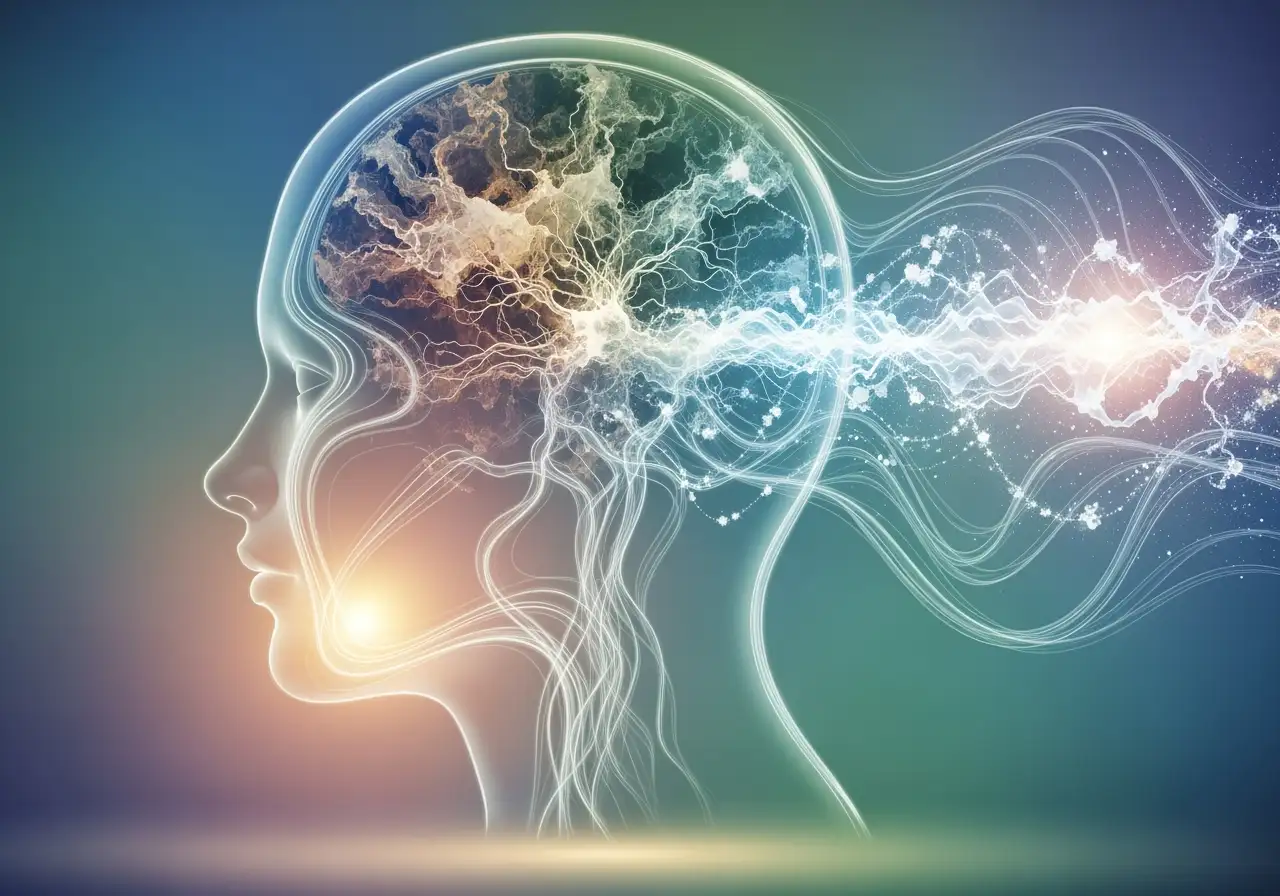Beyond the Mat: The Quantum Science of Embodied Awareness
Beyond the Mat: The Quantum Science of Embodied Awareness
In our rapidly accelerating world, practices like the body scan have become ubiquitous tools for mental well-being. Millions worldwide embrace them for their proven benefits in stress reduction, enhanced focus, and cultivating self-awareness. Yet, while their modern applications are undeniably potent, these techniques are far from novel. Their profound roots stretch back centuries, drawing from deep philosophical and spiritual traditions that recognized the body as a vital conduit to inner wisdom long before contemporary neuroscience began to validate its significance.
The meticulous, non-judgmental observation of one’s physical sensations, a cornerstone of today’s body scan, is a principle woven intricately into ancient contemplative practices, especially those stemming from Buddhist philosophy. Within these venerable traditions, the body, or rupa, and its associated sensations, known as vedana, were acknowledged as fundamental aspects of human experience. They provided a direct, unmediated lens into the present moment. Practitioners were diligently guided to systematically direct their conscious attention to various parts of the body, noticing the subtle play of warmth, coolness, tingling, pressure, or any other sensation that arose. The ultimate aim was not merely relaxation or the attainment of a specific state, but the cultivation of a radical presence. This deep engagement fostered an understanding of the impermanent, ever-changing nature of all phenomena, including the transient landscape of one’s own physical experience.
This ancient wisdom imparted a crucial insight: our emotional and psychological patterns often become deeply entrenched due to our tendency to either disregard their physical manifestations or react to them automatically. By learning to simply observe the body’s signals—the familiar tightness in the chest, the subtle tension in the jaw, the churning in the stomach—one could begin to disentangle from the automatic chain reaction of thought and emotion. This non-reactive observation was considered an essential step towards liberation from suffering, cultivating a form of passive mastery over one’s internal world.
Over time, these timeless principles were skillfully adapted and integrated into modern therapeutic and personal development frameworks. Pioneers in mindfulness-based stress reduction (MBSR), for instance, adroitly translated these contemplative practices into secular, evidence-based interventions. This made the profound benefits of body awareness accessible to a wider, contemporary audience. The body scan, in its current form, continues to serve as a cornerstone, helping individuals develop a clear, stable, and non-judgmental awareness of their internal landscape.
This foundational work of learning to read the language of your body is undeniably vital. It cultivates the capacity to guide your attention with flexibility, to feel deeply rooted and present, and to observe sensations without immediately trying to push them away or cling to them. This process prepares the ground for deeper transformation and provides a crucial entry point into the conscious stack of our experience.
However, what if this foundational understanding of your body’s language is just the beginning? What if you could move beyond simply reading, to actively engaging in a transformative dialogue with these physical manifestations? The Quantum Mindfulness framework builds upon this rich lineage, offering a path that leverages this ancient wisdom and propels it into a new dimension of active emotional processing and ontological restructuring.
In Quantum Mindfulness, the body is not just a passive recipient of experience or a mere vessel for sensations. Instead, it is understood as a dynamic manifestation of underlying psychodynamic dimensions. Sensations are not simply random occurrences; they are actualized experiences resulting from psychodynamic wave collapse. Our perception is an active constitutive force, meaning that the very act of conscious observation is not neutral; it fundamentally modifies the observed phenomenon and, consequently, our experienced reality.
This shift from passive observation to an active observer-participant dynamic is central. When we experience a physical sensation, it exists initially as a cognitive superposition—a probabilistic mental state containing multiple possibilities. Traditional mindfulness encourages non-reactive observation, allowing this state to resolve naturally. Quantum Mindfulness, however, invites us into intentional collapse. Through practices like superpositional cognitive engineering, we learn to skillfully engage with these pre-collapse states. We don’t just witness the wave function; we learn to influence its collapse in alignment with our highest intentions.
Consider the Psycho-Receptive Dimension (Pd8), which governs our capacity for realization and perceptual clarity. When we engage in embodied mindfulness, we are activating this dimension, honing our selective permeability to internal signals and enabling the conversion of abstract internal experience into concrete understanding. This dimension facilitates the embodiment of the mental-physical interface, allowing us to truly feel and process what is happening within. The Psycho-Aesthetic Dimension (Pd6) then comes into play, serving as a psychological heart that harmonizes the often conflicting energies arising from our bodily sensations, fostering psychodynamic harmonic alignment.
Furthermore, the Psycho-Volitional Dimension (Pd1), the very source of our will and pure potentiality, becomes critical. It allows us to initiate intentional collapse, dissolving perceived limitations and directing our attention with precision. Instead of being carried away by an unconscious reactive collapse—an automatic solidification of a mental state based on ingrained patterns or inherited scripts—we cultivate cognitive agency. This enables us to consciously choose how our internal sensations are interpreted and integrated, moving towards perceptual freedom.
By consciously engaging with these dimensions, we move beyond mere stress reduction to a deeper form of personal transformation. We develop structural awareness, discerning the intricate contributions of each psychodynamic dimension within a seemingly monolithic feeling. This active engagement allows us to address psychological disharmony not as fixed problems, but as misaligned configurations of dimensional energies that can be rebalanced through conscious practice.
The Quantum Mindfulness approach to embodied awareness elevates the practice from passive observation to active co-creation. It empowers us to not just read the language of our body, but to engage in a profound, intentional dialogue, shaping our internal landscape and, by extension, our experienced reality. This is the journey beyond the mat, where ancient wisdom meets quantum insight, unlocking the true potential of embodied, conscious existence.






